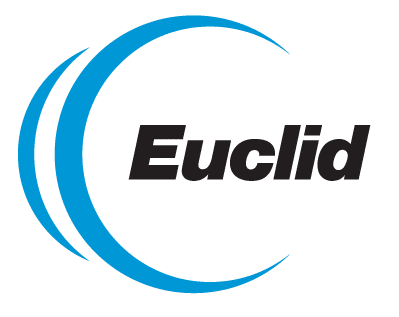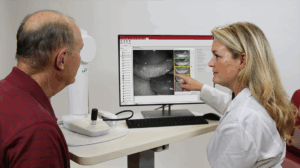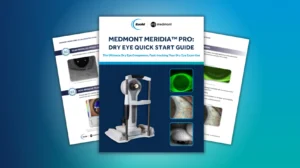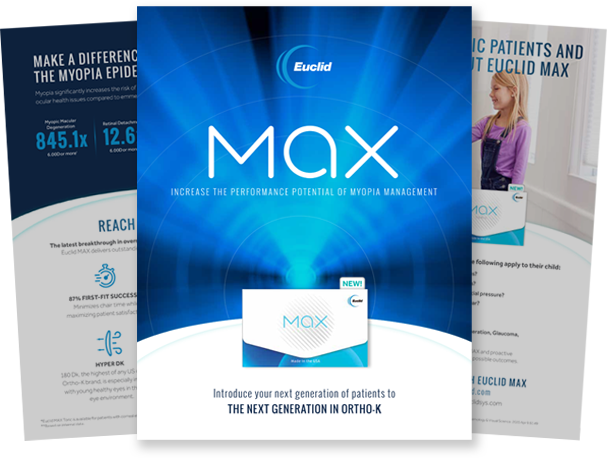Understand corneal topography and the important role it plays in Ortho-K fits. In fact, it plays an important role in monitoring Ortho-K patients during progress checks since the patient is typically not wearing their lenses at those visits. Topography records a baseline that allows for the monitoring of corneal change over time by using different or subtractive maps. Axial (sagittal) maps show the radius of the surface perpendicular cornea and are used to analyze the optical effects of corneal shape. Tangential maps document the overnight lens position. Elevation maps to aid in determining whether a spherical or toric lens is the best choice for the patient. Finally, difference maps show the eye care practitioner how much corneal change has taken place and provide additional information regarding the overnight wearing position.
Join us to learn how to increase your knowledge base and analysis of corneal topography during the fitting and follow-up process for overnight Ortho-K patients.
LEARNING OBJECTIVE #1
Learn the importance of corneal topography in monitoring the ongoing progress of Ortho-K patients
LEARNING OBJECTIVE #2
Understand the different types of corneal maps – and what role each of them play in the topographical analysis post Ortho-K fitting
LEARNING OBJECTIVE #3
Feel comfortable that “Picture-perfect” topography is not always necessary for it to be an extremely useful instrument and procedure in the Ortho-K treatment process.






